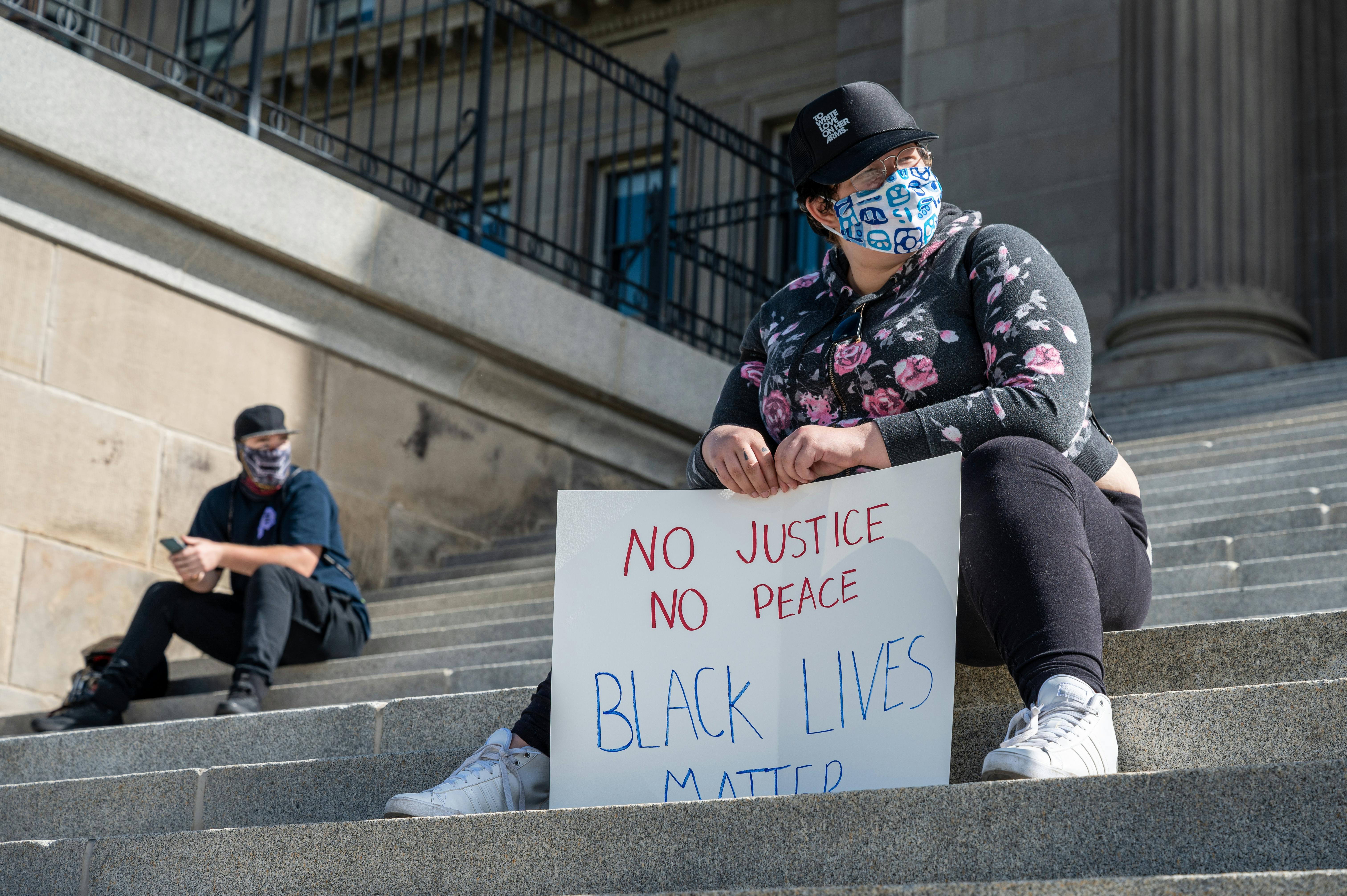Methicillin-resistant Staphylococcus aureus (MRSA) is a type of bacteria that causes infections in different regions of the body. While most infections caused by MRSA are not that serious, some can be life-threatening because they are not easily treated with antibiotics. Depending on where the infection is, people may have different symptoms.
In our body there are different types and strains of staphylococci. One in three people has staph in the nose. You may be walking around with staph and not even know it. Staph becomes a bigger problem when it enters the body and causes an infection. While staph is most commonly treated with antibiotics, some strains of staph such as MRSA have become resistant to these antibiotics.
Staph can be spread by contact. You can come into contact with another person who carries staph or an object that has this type of bacteria. You can reduce your chances of getting MRSA by practicing proper hygiene. Never share razors with someone and always clean your sports equipment after use. MRSA infections are common in people who have weakened immune systems and in those who reside in health care facilities or nursing homes. Some MRSAs are known to affect these people outside of hospitals and other healthcare facilities. This type of staph is called community-associated MRSA.
CA-MRSA occurs in populations that are in close contact with each other. This skin-to-skin contact is common among those who attend or participate in daycare centers, sports teams, prisons, and military training camps. MRSA is sometimes a problem in medical malpractice cases involving hospital infections.
MRSA Identification and Treatment: Common Symptoms and Treatments
MRSA is more commonly known as a “superbug” due to its resistance to powerful treatment options and its ability to spread rapidly to many people. Common symptoms of MRSA include small red bumps, pimples, or boils. These tender or inflamed areas are often hot to the touch and irritated. Sometimes people mistook MRSA for spider bites. It is important to seek medical attention to rule out this confusion and begin treatment.
Because MRSA can affect people differently, it is important to pay attention to the different signs and symptoms. MRSA can be seen as a simple sunburn, a pimple, or a larger abscess. If you suspect MRSA, clean the wound properly and cover it with a bandage. Always seek medical attention before this infection gets worse or spreads to other people. For more serious infections, your doctor may need to drain, clean, and wrap the affected area. Because MRSA is not treated with common types of antibiotics, your doctor may prescribe another type of oral antibiotic.
While treating your MRSA, it is important to finish your prescription completely. Even if your symptoms are mild, not filling your prescription could cause the infection to come back.
Always keep the infected area covered and remember to wash all clothing, towels, and bedding that may have come in contact with this bacterial infection.
The foregoing is posted for informational purposes only. The publisher is neither a doctor nor a physician. If you think you have any medical problems, you should always consult a qualified physician and do not rely on informational posts of this nature.
